5 Ways to Attract Pollinators: Protecting Honeybees and Other Pollinators to Protect the Future
Pollinators are not just beautiful to watch as they fly from flower to flower, they are very beneficial to the environment as well. When we think of pollinators we generally think of honeybees and butterflies. While this is true, other species fit into this category that is just as beneficial to the environment that is often overlooked. These include bats, moths, bumblebees, other bees, and even ants.
With an increase in both the loss of habitat and environmental pollution, pollinators can use all the help that we can offer. A thriving population of pollinators is necessary to ensure our food systems. And if Covid has taught us anything, it should be that the food supply chain that we rely on is fragile. All pollinators are considered keystone species. The National Geographic Society describes a keystone species as “a plant or animal that plays a unique and crucial role in the way ecosystem functions. Without keystone species, the ecosystem would be dramatically different or cease to exist altogether.”. Providing habitat for pollinators is necessary and easy to do.
1. Plant a Pollinator Garden
If you are thinking of adding flower gardens to your landscape, you may want to consider using plants that attract pollinators. Many wildflowers that are native to an area provide both nectar and pollen that are essential to pollinators.
Seeds for native plants can often be acquired from nurseries that specialize for your region. One such source is gardenforwildlife. They specialize in plants in the Northeast, Mid-Atlantic, Southeast, and Midwest.
You can also gather seeds from native plants in the wild. As you gather seeds, place each variety in a separate envelope and add a name, description, or reference number. If you are not certain of the species, take a photo of the plant to assist in your research. Do not plant anything in your yard until you know what the plant is. I had a friend bring back Kudzu shoots from a trip to Eastern Kentucky. Kudzu is an invasive species not native to the United States. If you do decide to gather seeds, get permission from the land owner.
2. Humming Bird Feeders
Hummingbird feeders attract hummingbirds and are very beneficial when flowering plants are in short supply. They allow close observation of the tiny beauties. There is nothing wrong with using them, but they have their limits (growing plants that feed hummingbirds is a better solution to protecting these species, and makes a great companion to the use of feeders).
If you choose to use hummingbird feeders, avoid mass-produced hummingbird food as they often contain preservatives and dyes that can harm the birds. The web post The Pollinators: Hummingbirds gives a recipe for creating homemade foods that are safe for these fragile birds and provides a wealth of information on attracting hummingbirds.
3. Go Batty With Bat Boxes
Most people think of bats as scary, flying rodents. We often associate them with vampires and Halloween. In truth, they are not rodents. They are more closely related to primates. They are the only flying mammal, and they play a critical role in the world’s ecosystems.
Many bats are insectivores, meaning that they eat a variety of insects, which aids in pest control. Without bats helping with pollination and seed dispersion, many ecosystems would eventually die. Bats often drink the nectar that occurs inside of flowers. As they move from plant to plant, they help pollinate the flowers with the pollen that attaches to them as they feed. Tropical bats play an essential role in maintaining the rainforests. This makes bats keystone animals to ecosystems around the world.
Bats are extremely important members of the ecosystem. Many species of bats are pollinators, they also disperse seeds of many plants, and many control pests of crops. A single Little Brown Bat can eat about 1000 mosquitoes per hour.
Kentucky Wildlife Center
Bat boxes can be used to attract these little mammals to your yard. Thrift Diving shows you how to make building a bat house a family activity. Dunn Lumber also offers free plans.
4. Butterfly Boxes: Why you should avoid using them.
When I started this post, I fully intended to add butterfly boxes into my pollinator gardens as I got them established. A few years back people were encouraged to build butterfly boxes to provide a winter habitat for butterflies. I have always wanted one, and this spring I started to research the boxes. To my surprise, everything that I have read is reporting that the boxes are not used by butterflies at all.
Instead, I learned that the boxes can do more harm than good for your pollinator garden. In an article on Backyard Ecology, it was stated that:
As part of his dissertation, Adam Baker from the University of Kentucky (UK) looked at monarch caterpillar predation in pollinator gardens on UK’s campus. He found that European paper wasps were a common predator of young monarch caterpillars. European paper wasps are an introduced species of wasp that is most common near human dwellings, making urban and suburban areas perfect habitat for it.
Backyard Ecology, Dec 1, 2020
If you intend to attract and aid butterflies in your yard, I would suggest avoiding the butterfly boxes and instead focus on providing feeder plants. Offering shallow water dishes, especially in hot weather is very beneficial. They also appreciate melon rinds and sweet fruit as a treat.
Backyard Ecology has a series of posts under the heading “Take Action”. Their site is very informative and offers tips on attracting pollinators and habitat protection.
5. Garden Scaping: Think Locally
Garden scaping differs from raised bed gardening in that it combines growing food for humans alongside flower gardening. It is a method that makes use of companion gardening and utilizes small growing spaces. Using urban gardening, and garden scaping, helps us to think locally. It protects the environment in several ways. First, the more food we grow, the less goods have to be transported using fossil fuels. Second, when we grow food for yourselves we are helping pollinators.
My blog post “Garden Scaping: Victory Garden to Fight Inflation and Prepare for Possible Food Chain Crisis” focuses on gardening in a small area. In it are several links to resources that you may find useful.
Giving Back
For far too long we humans have overused the resources of our planet. We have destroyed habitat, and brought about mass extinctions. If we do not act now to aid nature and set things right, the next extinction we face may very well be our own. Protecting and supporting our pollinators is key to protecting the future.
Get Ready, Get Set, Garden:
I know you must already love seeing pollinators grace your yard, or you wouldn’t have stopped by for a visit. Please drop a line and send photos of your pollinator gardens once you have established them. I would love to hear from you and see your ideas in action.
Resources:
Kentucky Wildlife Organization
Thank you for stopping by,
If you liked this post please subscribe and share.
Come back soon,
Vikki


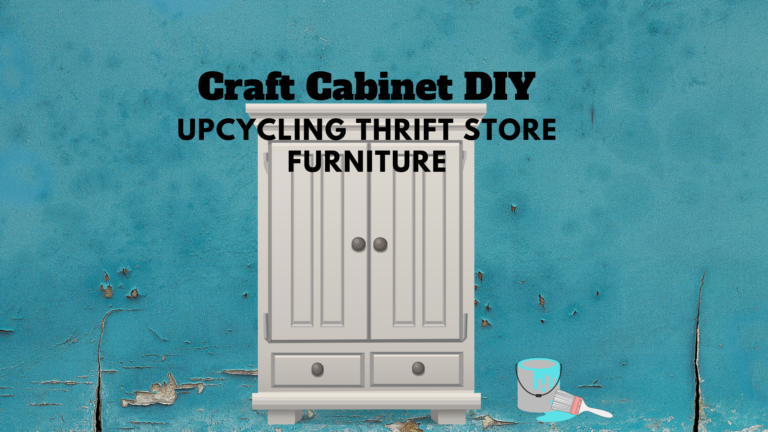
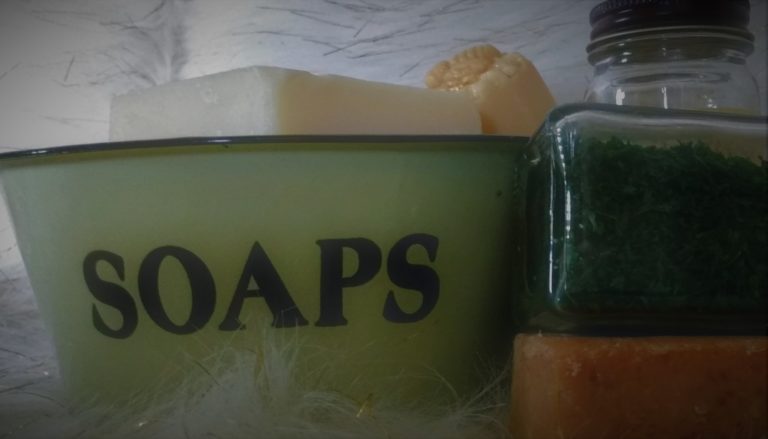
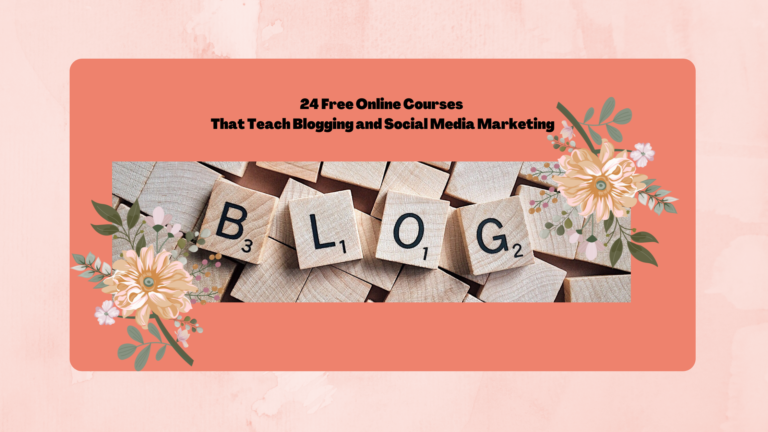
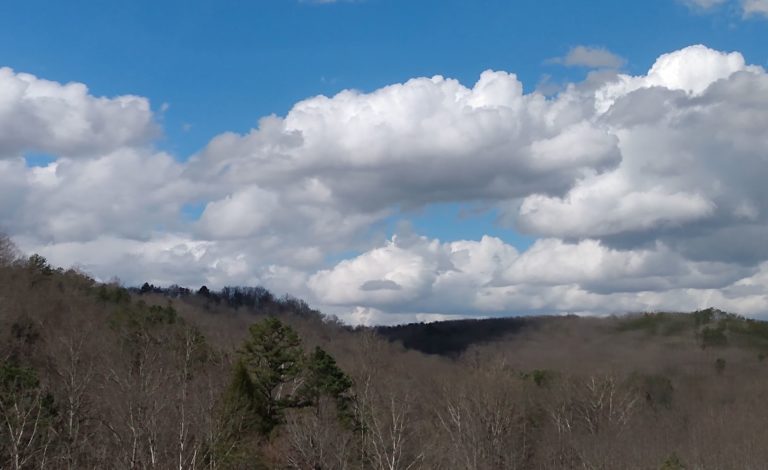

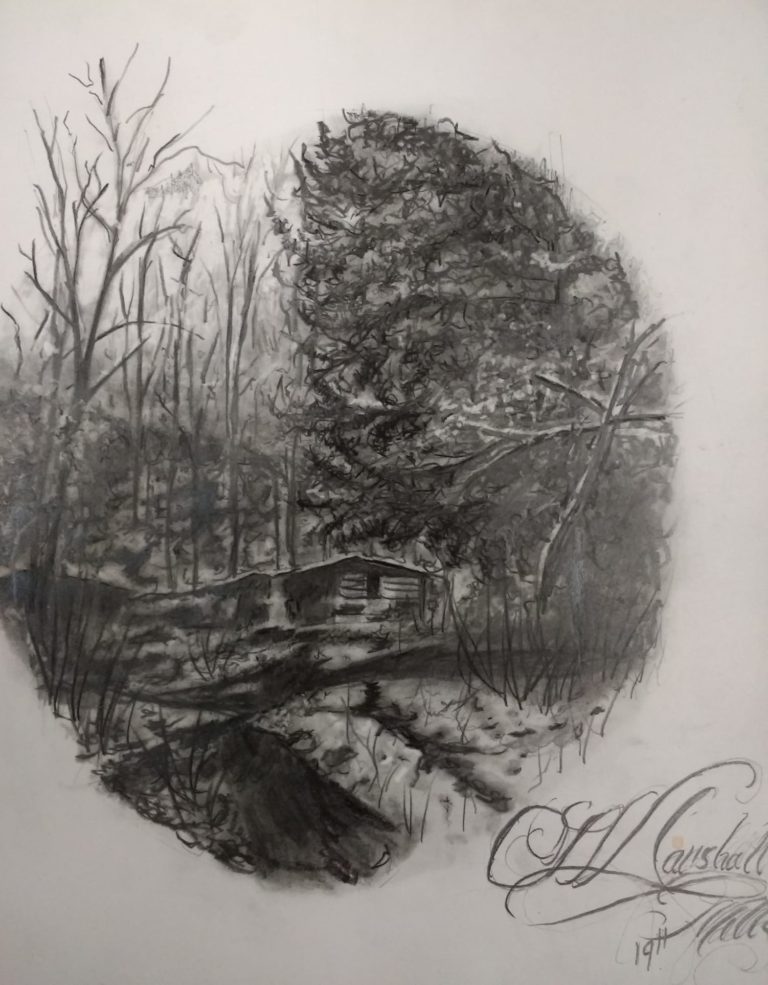
2 Comments